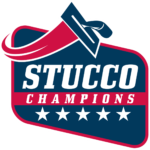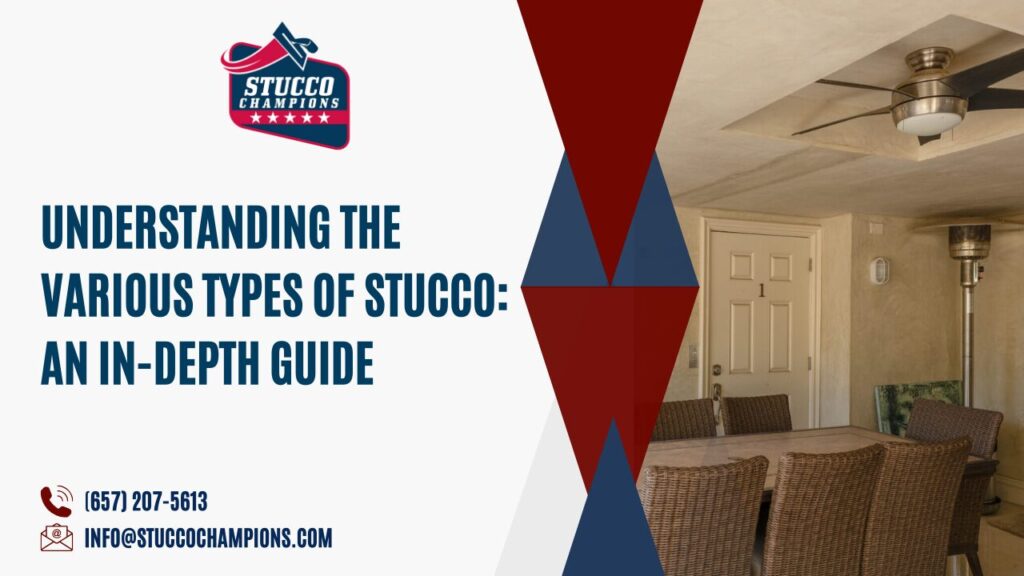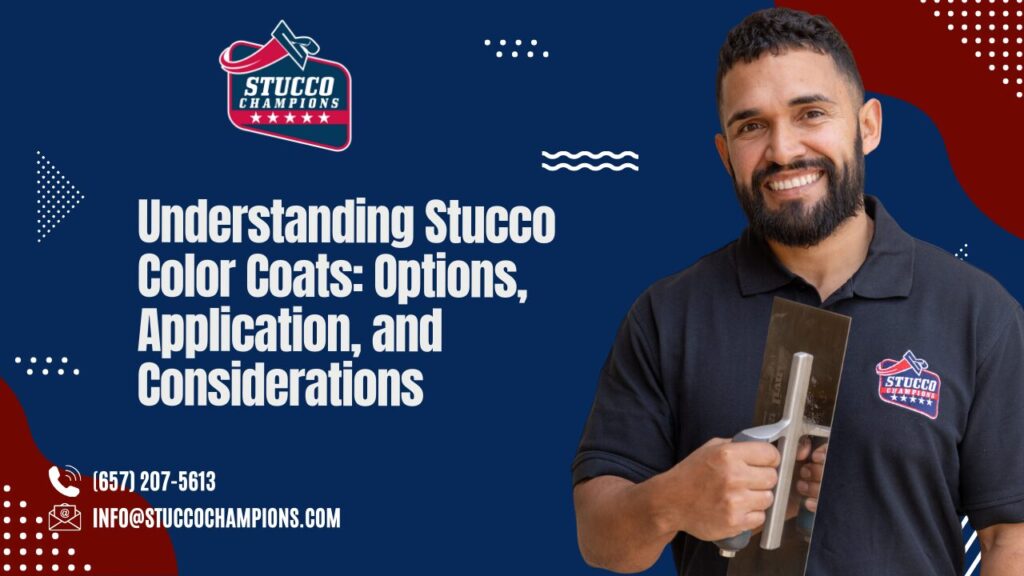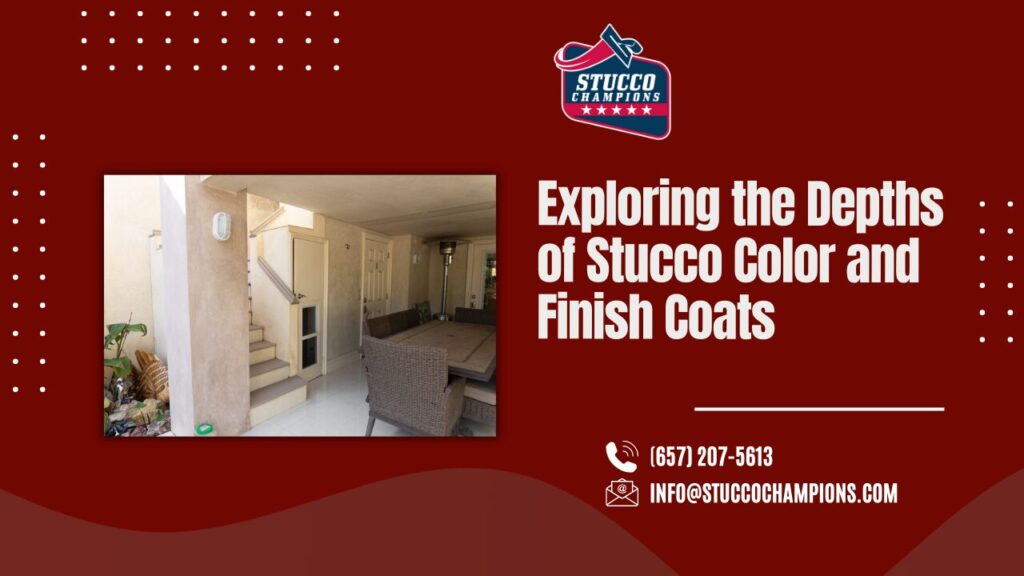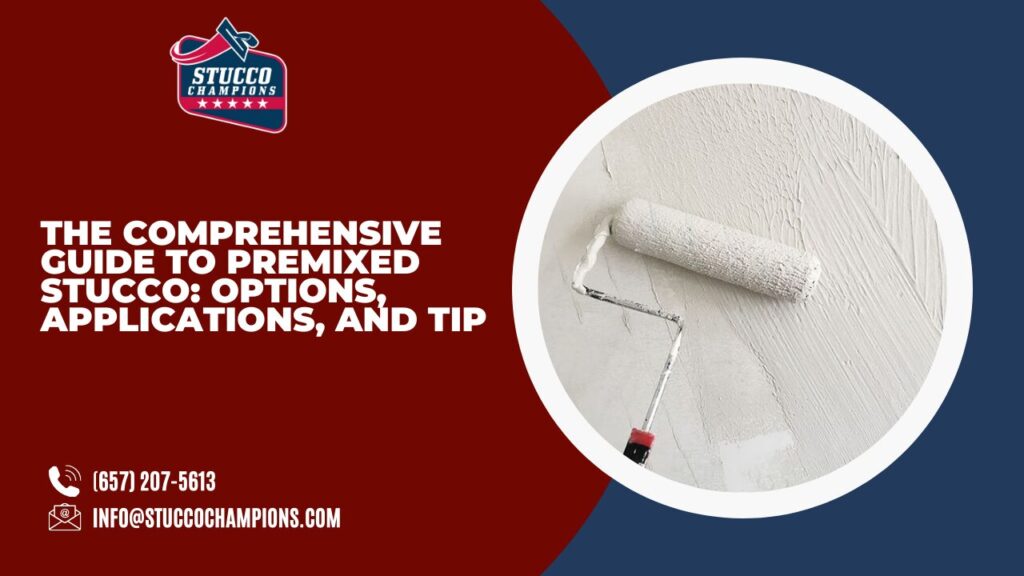Navigating the world of stucco can be complex, especially when distinguishing between the myriad of products available. This comprehensive guide aims to demystify the different types of stucco systems and finishes, providing homeowners and professionals alike with essential information for making informed decisions.
Stucco Systems Explained
Stucco, a popular choice for exterior cladding, offers both aesthetic appeal and functional benefits. Its two primary systems are hard coat and EIFS (Exterior Insulation and Finish System), each with unique characteristics.
- Hard Coat Stucco Systems: These cement-based systems, known for their durability, involve a base coat of cement applied before the finish coat. The thickness of the base coat varies, typically ranging from 3/8″ to 7/8″, depending on factors such as the chosen stucco system and the substrate. The base coat, a mix of Portland cement, sand, and water, provides a solid foundation for the finish coat, hence the name “hard coat.”
- 3 Coat Stucco System: This traditional approach includes a water-resistant barrier, wire mesh, a scratch and brown coat (the hard base coats), and a finish coat. The base coats are crucial for the system’s integrity and durability.
- 1 Coat Stucco System: A streamlined version of the three-coat system, this method uses a thinner cement base coat (3/8″) and often incorporates foam insulation, eliminating the scratch coat.
- EIFS Stucco Systems: EIFS, a more modern solution, consists of thinner layers of modified materials. Unlike hard coat stucco, EIFS systems focus on superior water resistance and insulation. The basic assembly includes adhesive on the substrate, foam insulation board, a base coat with mesh, and a finish coat. Specialized EIFS assemblies may include additional moisture and air barriers for enhanced protection.
Stucco Finish Materials
The final appearance of stucco cladding is largely determined by the choice of finish material. Each type offers different textures and properties.
- Cement Based Finishes: Utilizing white Portland cement, these finishes allow for integrated coloration and are approximately 1/8″ thick. They offer a range of textures, from smooth to coarse, depending on the aggregate size.
- Acrylic Finishes: Comprising acrylic and aggregate, acrylic finishes resemble high-quality, thick exterior paint. Typically around 1/16″ thick, they offer a diverse range of textures.
- Synthetic Finishes: Similar to acrylic finishes, synthetic ones are often used in EIFS systems for their water-resistant properties. They vary in aggregate size, affecting the final texture of the stucco wall.
Texture and Finish Variations
Stucco offers a plethora of textures and finishes, each capable of creating a distinct look. Popular textures include sand, smooth, fine, medium, and coarse. The choice of finish material influences the appearance, with cement-based finishes providing a different aesthetic compared to acrylic or synthetic finishes, even when using the same texture.
Maintenance, Cost, and Regional Suitability
An important aspect of choosing the right stucco system is understanding its maintenance requirements, potential problems, and cost considerations. Maintenance varies by system and finish type, with EIFS generally requiring less upkeep due to its moisture resistance. Cost factors include material and labor expenses, with EIFS often being more expensive due to its additional features. Regional suitability is also crucial, as climate and local building codes can influence the best choice of stucco system.
Expertise and Transparency
This article is authored by a professional with extensive experience in building materials and exterior cladding systems. The information provided is based on current industry standards and practices, ensuring accuracy and reliability.
Stucco, with its diverse systems and finishes, offers homeowners and professionals a robust and aesthetically pleasing option for exterior cladding. Understanding the nuances of each system – from hard coat to EIFS – and the variety of finishes available is crucial for making an informed choice. By considering factors such as maintenance, cost, and regional suitability, one can select the most appropriate stucco system for their needs, ensuring both beauty and longevity for their property.
Last week, we shared How To Match an Existing Stucco Color providing tips and techniques for achieving a seamless match when repairing or adding to stucco surfaces. If you’re aiming for a flawless finish, be sure to check out this helpful guide!
—
